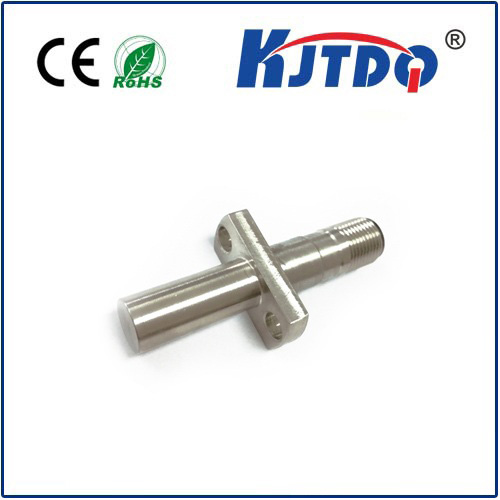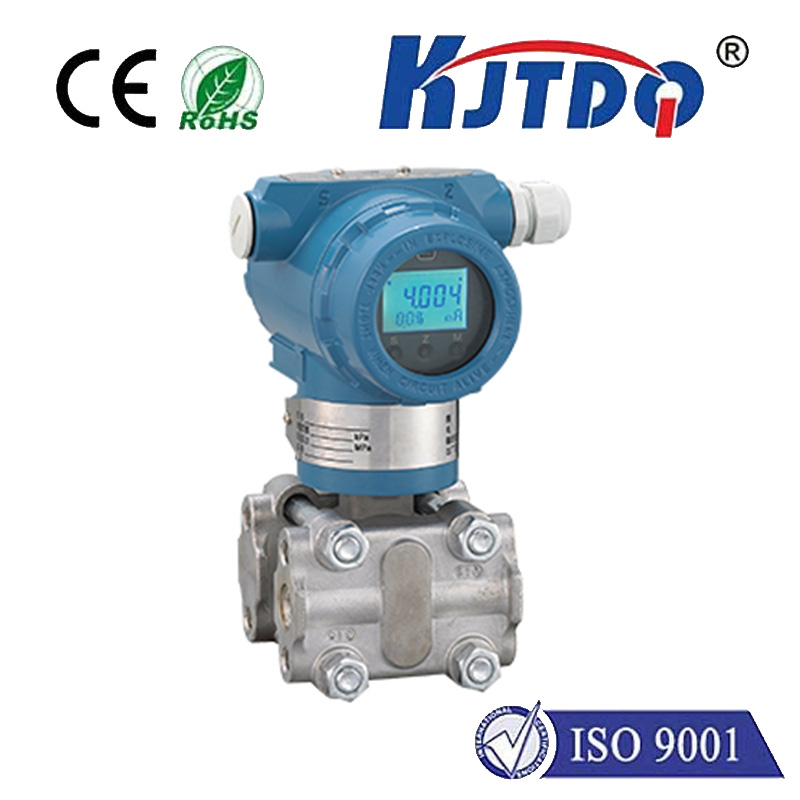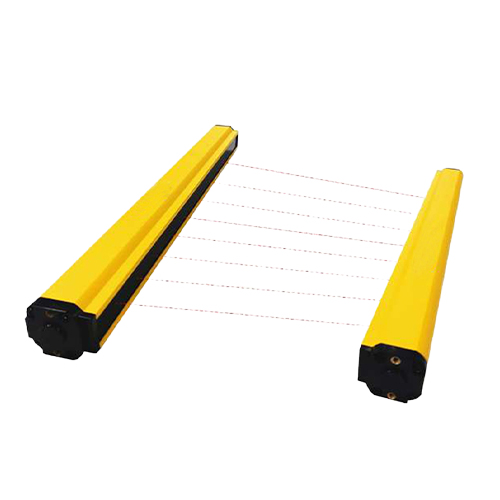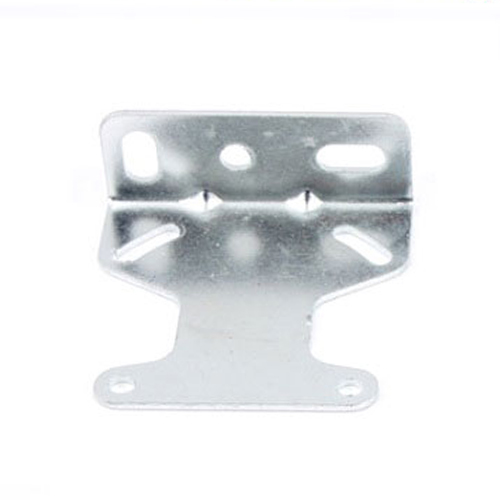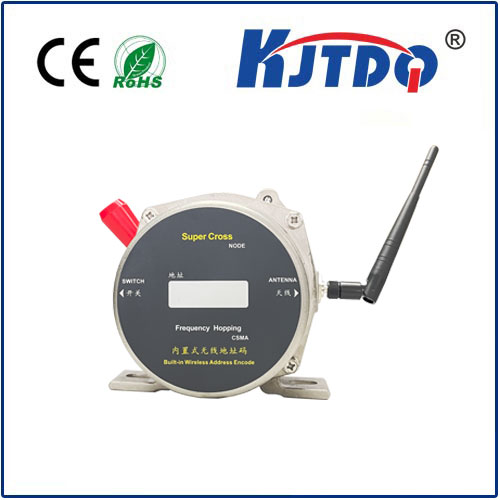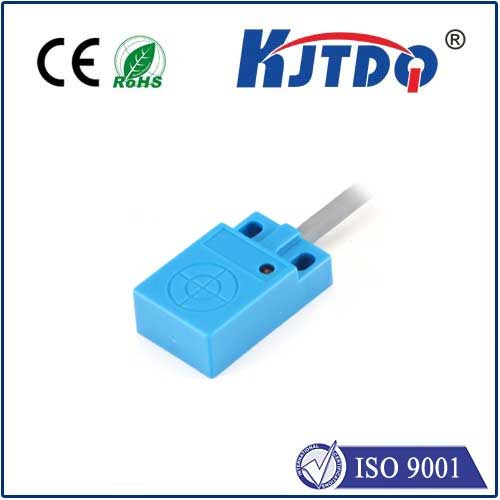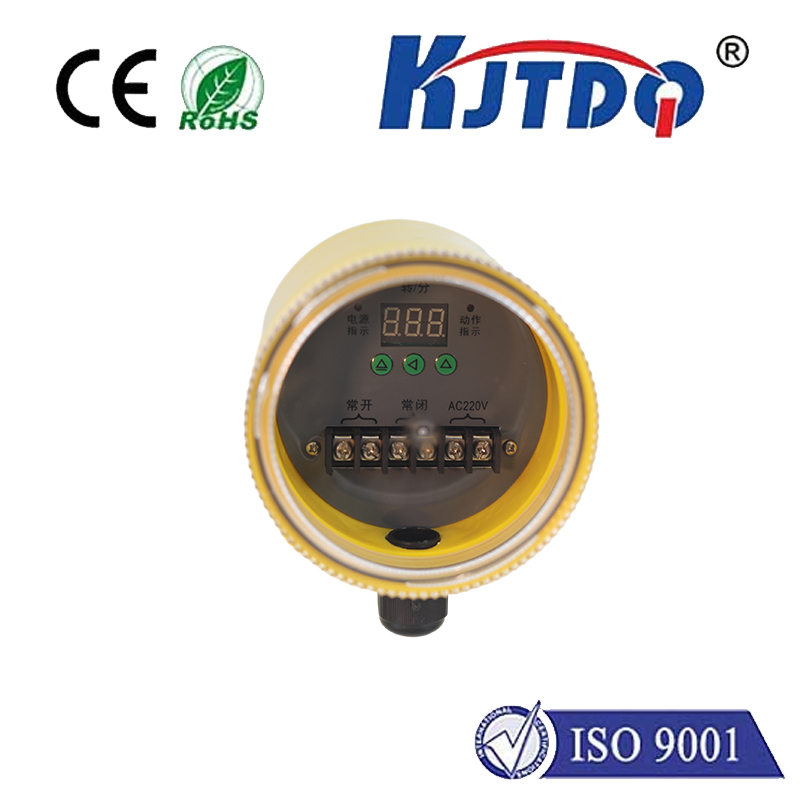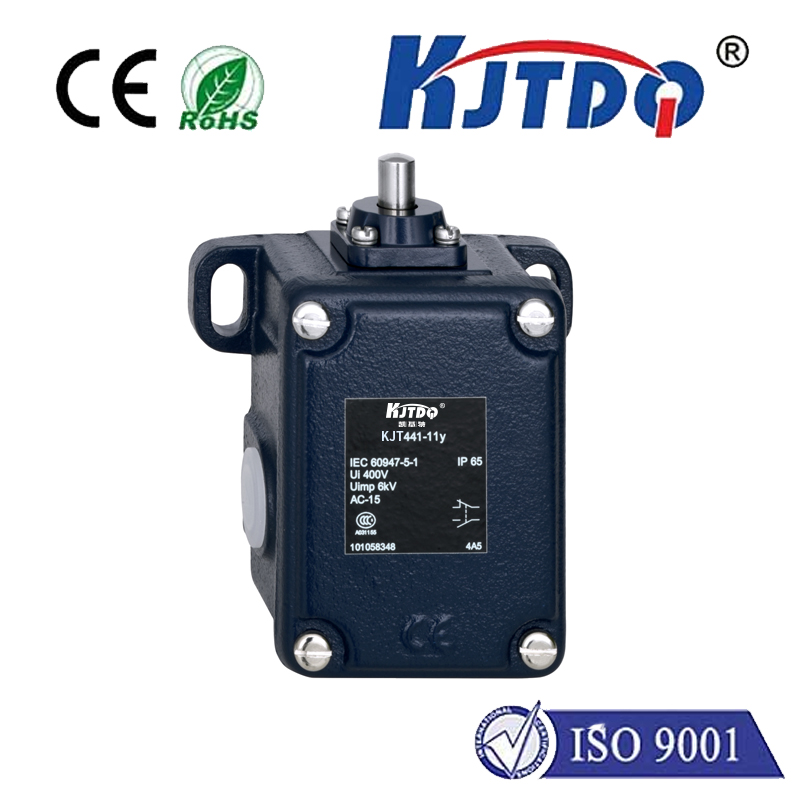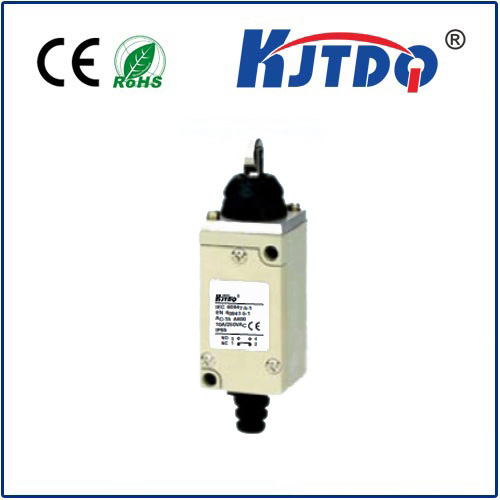

check

check

check

check

check

check

check

check

check

check
Laser for Temperature Measurement: Revolutionizing Industrial and Medical Practices
In the realm of technology, advancements in measurement techniques have been crucial for both industrial productivity and medical accuracy. One such breakthrough is the use of lasers for temperature measurement, a non-contact method that has revolutionized various practices across sectors.
The Fundamentals of Laser Temperature Measurement
Laser thermometry is based on the principle of infrared radiation. All objects with temperatures above absolute zero emit infrared energy; the amount of energy emitted correlates with their temperature. A laser thermometer uses a focused laser beam to measure this thermal radiation, providing precise temperature readings without touching the surface being measured. This contactless nature makes laser thermometry an ideal solution for measuring high or hazardous environments, delicate materials, or moving objects.

Industrial Applications of Laser Thermometry
In industry, accurate temperature monitoring is critical for process control, quality assurance, and safety. Laser thermometers are employed in steel manufacturing to monitor furnace temperatures, in semiconductor fabrication to gauge wafer processing heat, and in power plants to track steam turbine performance. These devices offer real-time measurements that enable quick adjustments, reducing waste and improving efficiency. Furthermore, laser thermometers can be integrated into automation systems, enhancing unmanned operations and streamlining production lines.
Medical Advancements with Laser Thermometry
The precision and non-invasive characteristics of laser thermometry have also found applications in medicine. It is utilized during surgeries to monitor tissue temperature, ensuring that the level of thermal damage remains minimal. In dermatology, laser thermometers help assess skin conditions where temperature variation can be a diagnostic marker. Additionally, the technology aids in the research and development of new treatments by offering accurate thermal data that helps evaluate the efficacy of therapeutic methods.
Emerging Technologies and Future Prospects
As technology continues to evolve, so does the sophistication of laser thermometry. Researchers are exploring multispectral thermography, which involves analyzing multiple wavelengths of infrared radiation to create more detailed temperature profiles. This could lead to even more precise measurements and expanded applications, potentially including environmental monitoring, agricultural assessments, and advanced material testing.
Conclusion: A Seamless Integration of Laser Technology
The integration of laser technology for temperature measurement has brought about significant improvements in accuracy and efficiency across industries and medical practices. By providing a safe and reliable method of gathering thermal data, laser thermometers have enabled better control over processes, enhanced patient care, and opened up avenues for further technological innovation. As we look toward the future, it's clear that the potential of laser-based thermometry extends far beyond current boundaries, promising even more groundbreaking applications that can transform how we understand and manage thermal phenomena.

